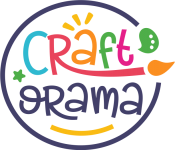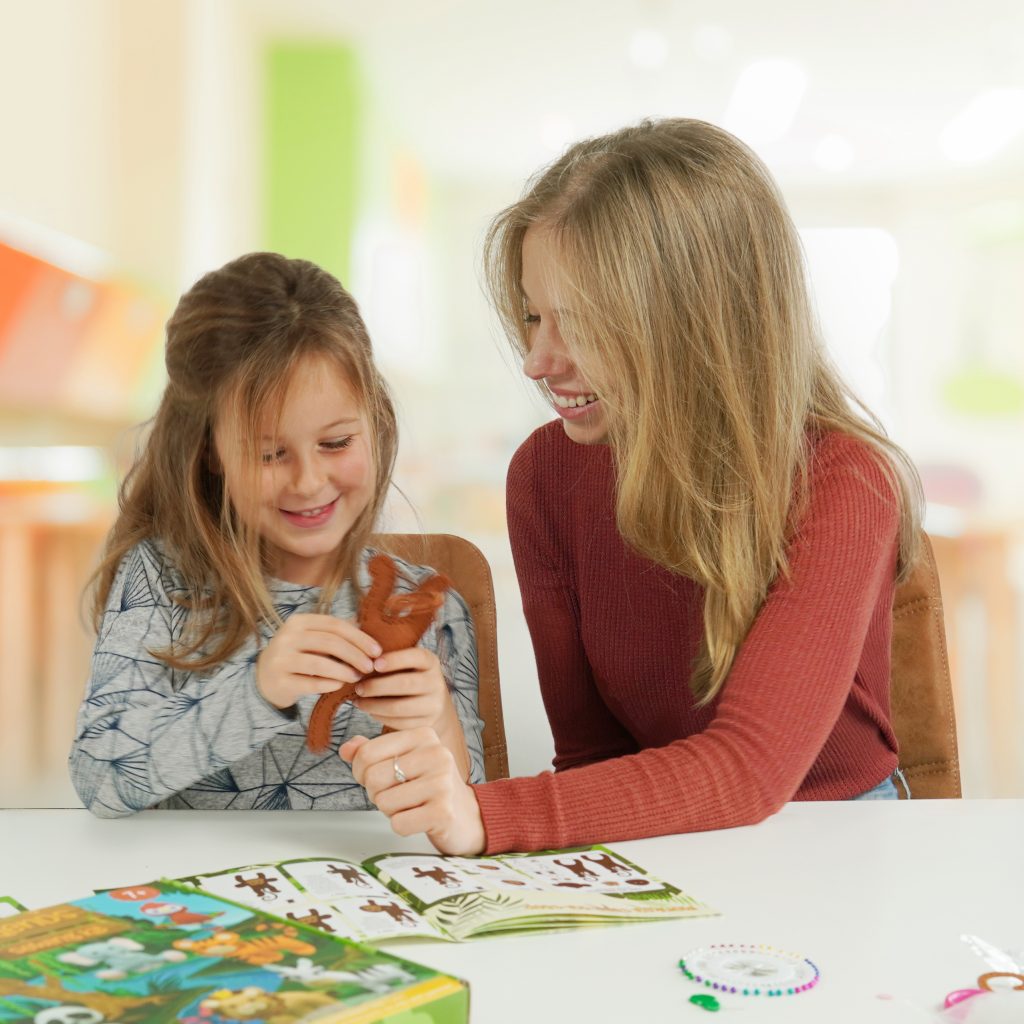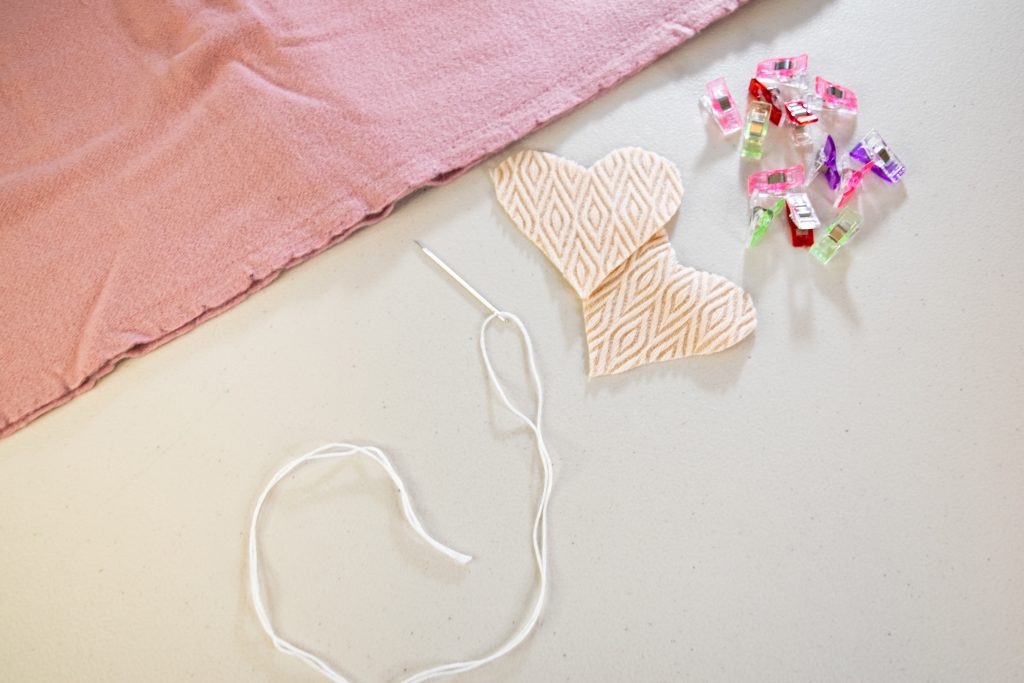
Looking for a way to help your kids to explore their creativity, all while building a useful skillset and having a lot of fun through the process? Teaching your child to hand sew will allow them to use their imagination and give them something to focus on – bringing their vision to life through fabric and thread (and maybe a little stuffing).
The thought of taking on the task of teaching your kids to hand sew can be overwhelming – where do you even start? But really, it doesn’t need to be complicated. Start simple, have fun, and let your child have the freedom to create and make mistakes.
Below, we have a detailed guide to help you teach your kids to hand sew in a way that’s easy and fun for you and them.
Supplies for Teaching Kids to Hand Sew
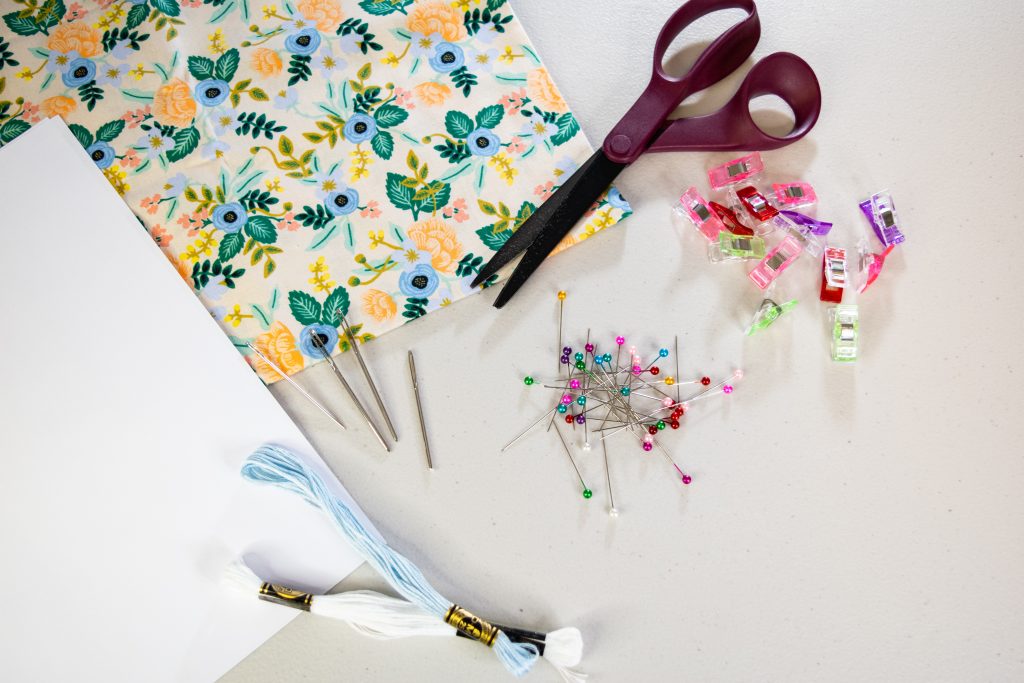
A great thing about hand sewing is that you don’t need many supplies. There’s no need for expensive sewing machines, cutting mats, or yards of fancy fabrics. It’s simple and inexpensive to get started with hand sewing.
Here’s everything you’ll need:
- Fabric: 12-inch squares of felt in a range of colors will get you through lots of fun projects
- Tapestry needles: these large, dull-pointed needles are easier and safer for kids
- Embroidery floss: this thicker thread is easier to work with and works well with tapestry needles (which are too thick for regular thread)
- Stuffing: pillow batting is inexpensive and perfect for filling softies, pillows, and pincushions
- Paper: you can draw or print out shapes onto paper to cut out and use as guides for cutting your felt
- Scissors: you’ll need a pair of scissors for cutting your felt and for cutting your paper patterns
- Pins or clips: you’ll need something to help hold the pieces of fabric together while your child sews, pins are a classic choice while clips are safer for little kid fingers
Start Simple
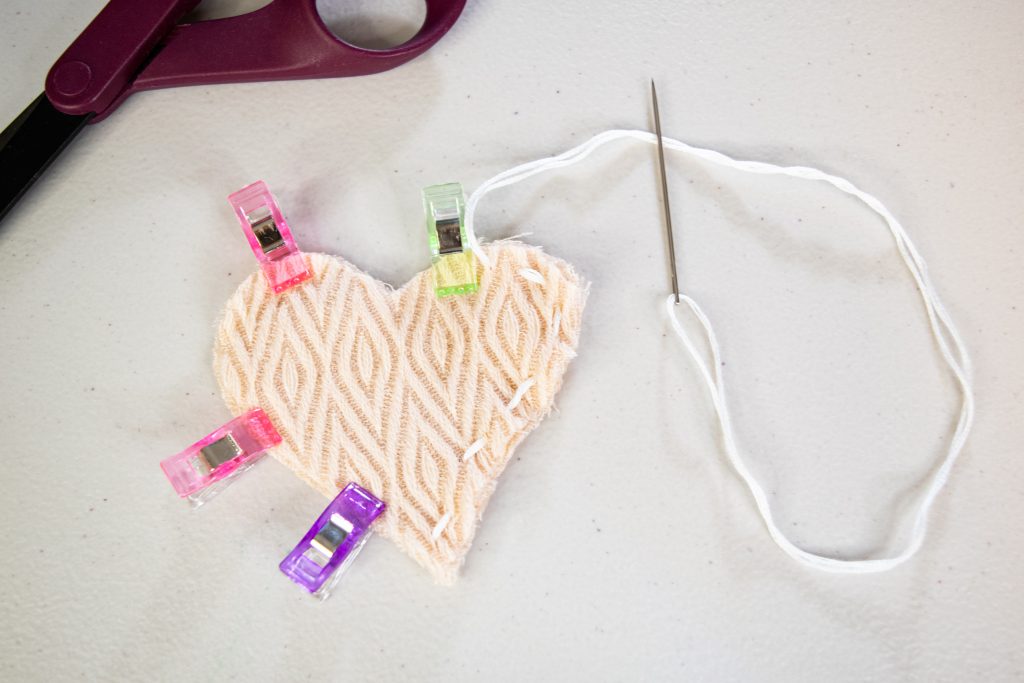
The main thing to remember while planning out how to teach your kids to sew is this: start simple.
You want to avoid frustration for both you and your kids. Start by drawing simple lines and shapes on a single layer of fabric and having your child sew basic running stitches along the lines. This helps them to learn how stitches are formed and they get practice making even stitches in straight lines and on curves.
Next, move on to clipping or pinning two layers of felt together and teaching them how to stitch through both layers to hold the pieces together. Stitching two layers of fabric together is a key component of sewing at all levels, so this is a great time for them to learn this concept.
Once they’re confidently able to sew relatively even stitches through multiple layers of fabric, it’s time to get them hooked on sewing by helping your kids to choose a simple project. Make sure they choose something that gets them excited but is simple enough not to cause a lot of frustration.
Simple Hand Sewing Project Ideas for Kids
- Simple stuffed shapes
- Layered felt animals and designs
- Felt Christmas ornaments
- Basic embroidery designs
Progress to More Complicated Projects and Stitches

Once your child has sewn a few simple projects, you can introduce them to more challenging stitches and projects. You want to make sure that they are progressing and building their skills, because it’s no fun to feel stalled out and stuck at the basics. Just remember to listen to your child and ask them what kinds of projects the want to learn how to sew rather than impose on them the projects you think they should learn to sew.
Learning a few more hand stitches can be a fun way for your kid to expand their repertoire of sewing techniques. It’s also a fun challenge for them to learn different stitches. We put together a detailed guide to some of the most common hand sewing stitches to get you started.
It’s also great to find projects that allow your child to utilize the new stitches they learn, or to expand to more complicated shapes and designs.
Intermediate Hand Sewing Project Ideas for Kids
- More complicated and detailed stuffed animals and shapes
- Cute felt pincushions
- 3D felt flowers
- A handsewn purse
- More intricate embroidery designs
Don’t Forget to Listen: What Does Your Child Want to Learn?
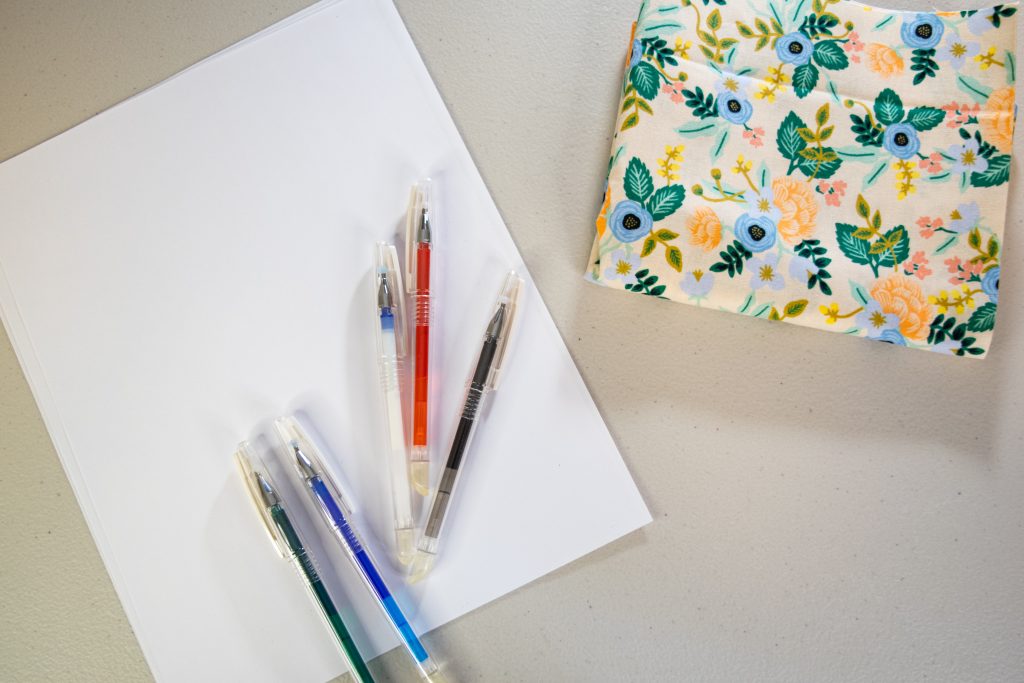
The final point that I want to make is perhaps the most important. Don’t forget to listen to your child!
The fun of sewing is creating what’s in your imagination, so make sure your kids can tap into that excitement by allowing them to sew the projects that get them fired up and ready to pull out the sewing needles.
Also, allowing them to make mistakes and sew imperfect projects is part of the learning process. If you’re always expecting perfectly executed stitches and beautifully straight lines, you’ll just frustrate your child, and they won’t want to continue sewing.
